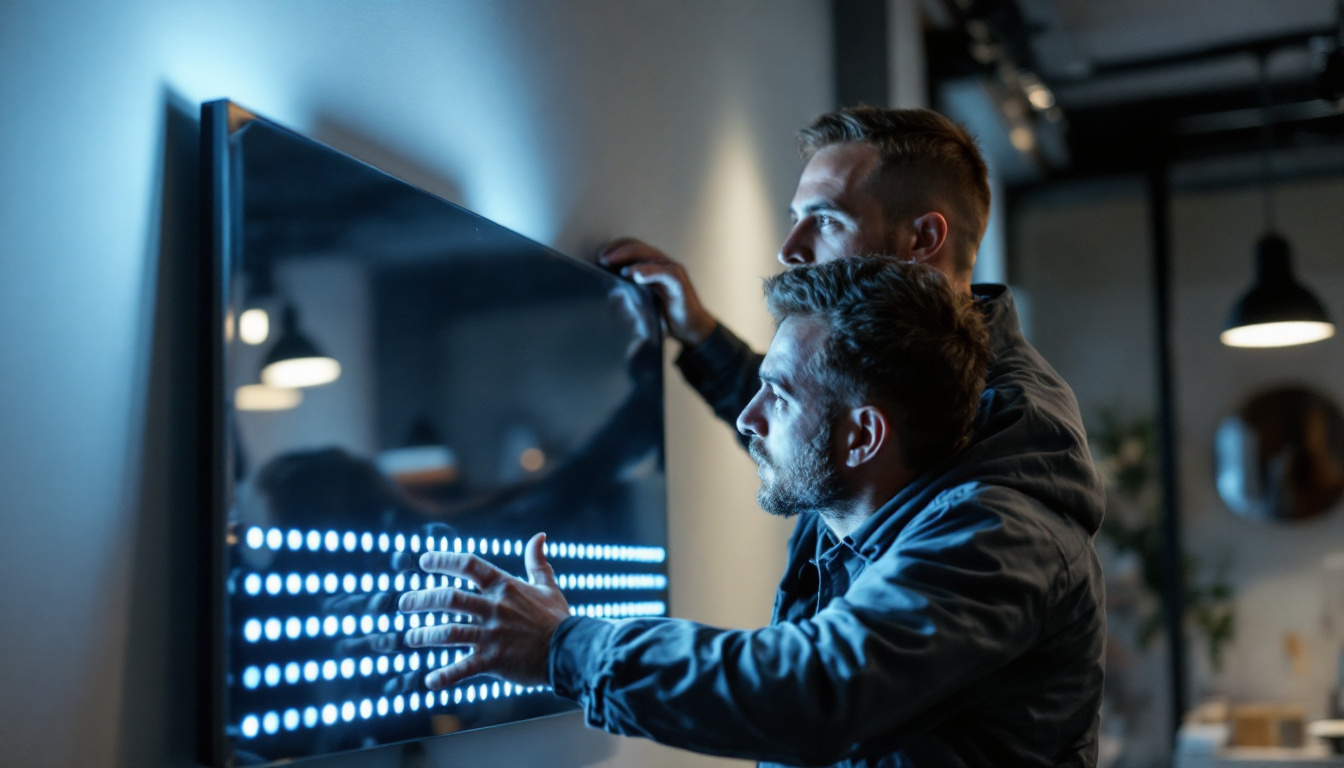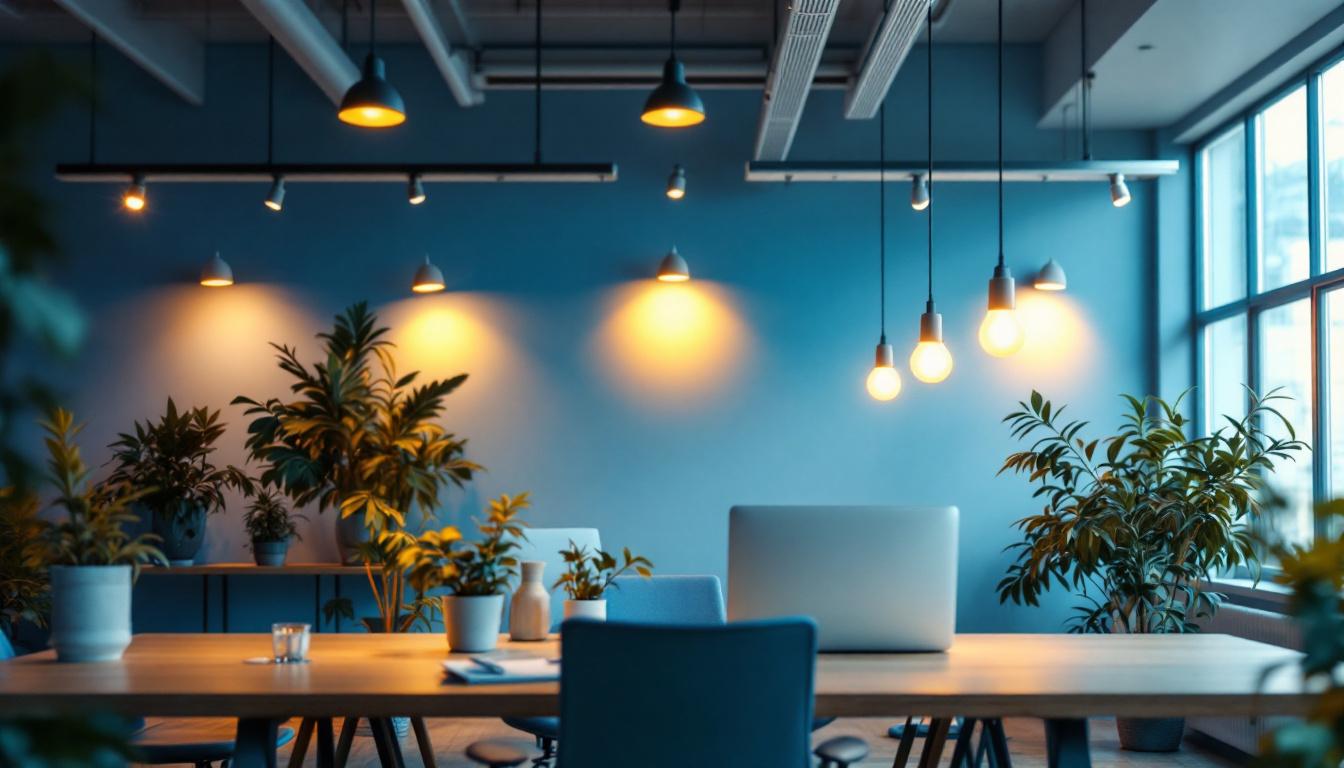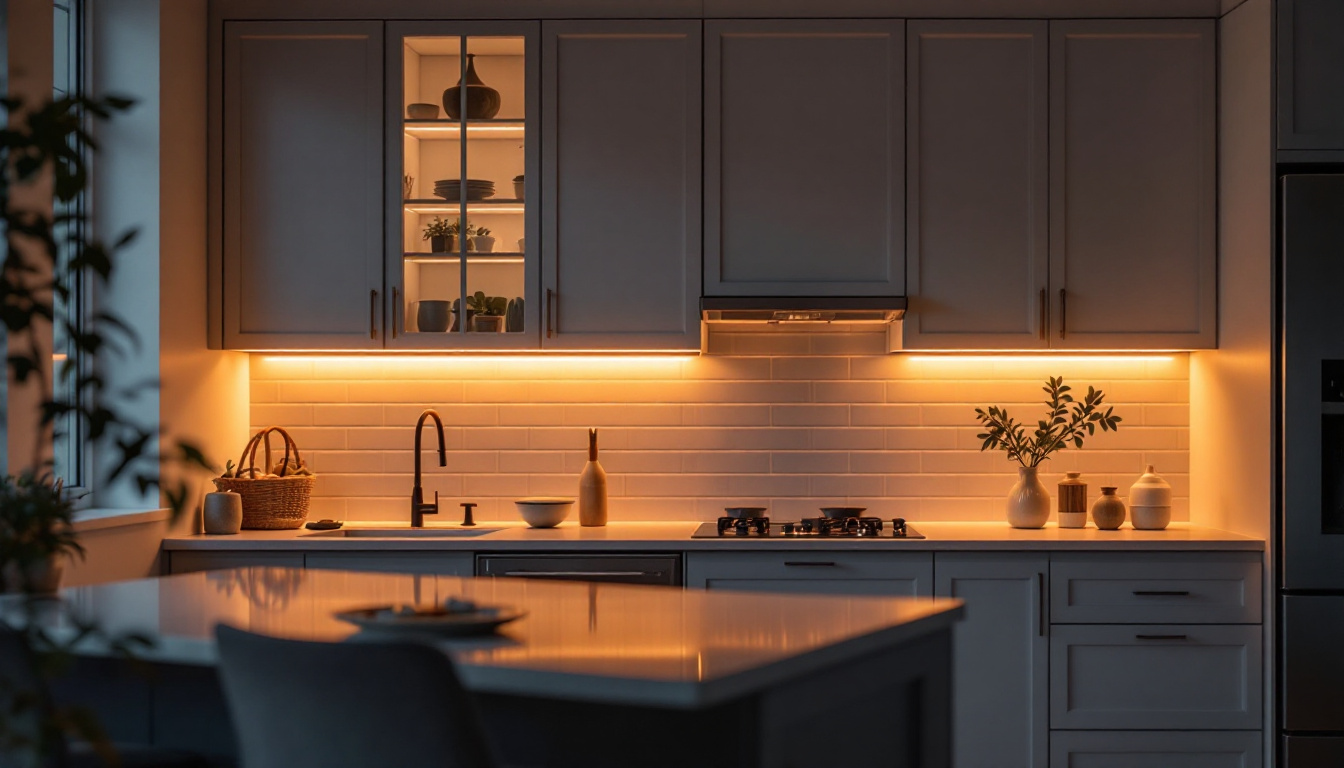
In the ever-evolving world of lighting solutions, LED technology has emerged as a game-changer for contractors. As energy efficiency and sustainability become paramount, understanding the intricacies of LED systems is essential for lighting contractors looking to stay ahead of the curve. This article delves into key insights about Kit LED systems that can enhance the knowledge and capabilities of lighting professionals.
LEDs, or Light Emitting Diodes, have revolutionized the lighting industry with their energy efficiency, longevity, and versatility. Unlike traditional incandescent bulbs, LEDs convert a higher percentage of energy into light, making them a more sustainable choice. This efficiency is not just a matter of numbers; it translates into real-world benefits, such as reduced carbon footprints and lower energy demands, which are increasingly important in today’s environmentally conscious society.
For lighting contractors, grasping the fundamentals of LED technology is crucial. This includes understanding how LEDs work, their components, and the advantages they offer over conventional lighting solutions. The basic structure of an LED involves a semiconductor that emits light when an electric current passes through it. This simple yet effective design contributes to their long lifespan and reduced energy consumption. Furthermore, advancements in LED technology have led to the development of smart LEDs that can be controlled remotely, allowing for customizable lighting solutions that enhance user experience and convenience.
One of the most significant advantages of LED lighting is its energy efficiency. LEDs use up to 80% less energy than traditional bulbs, which translates into lower electricity bills for clients. This cost-saving aspect is particularly appealing to commercial clients who are always looking to reduce operational expenses. Additionally, the reduced heat output of LEDs means that they can help lower cooling costs in warmer months, providing even more savings over time.
Moreover, LEDs have a longer lifespan, often lasting up to 25,000 hours or more. This longevity reduces the frequency of replacements, which is a considerable benefit for both contractors and clients. The reduced maintenance costs and hassle of changing bulbs frequently can be a strong selling point for contractors. Beyond mere durability, many LED products are designed to withstand harsher conditions, making them suitable for outdoor use or in environments where traditional bulbs might fail prematurely due to moisture or temperature fluctuations.
LEDs are incredibly versatile and can be used in a variety of applications, from residential to commercial and industrial settings. In residential spaces, they can be used for ambient lighting, task lighting, and accent lighting, enhancing the overall aesthetic of a home. The wide range of color temperatures available allows homeowners to create the perfect atmosphere for any occasion, whether it’s a warm, cozy glow for a family gathering or bright, cool light for focused tasks like reading or cooking.
In commercial environments, LEDs are often utilized in office spaces, retail stores, and warehouses. Their ability to provide bright, focused light while consuming minimal energy makes them ideal for these applications. Additionally, outdoor lighting solutions such as streetlights and landscape lighting have also embraced LED technology, contributing to safer and more energy-efficient public spaces. Innovations such as solar-powered LED lights are further expanding the possibilities, allowing for sustainable lighting solutions in remote areas or locations where traditional power sources may be impractical. This adaptability not only enhances functionality but also aligns with the growing trend towards sustainability in urban planning and development.
When selecting a Kit LED system, lighting contractors must consider several factors to ensure they meet their clients’ needs effectively. The right choice can enhance the overall lighting experience while maximizing energy efficiency. It’s not just about illumination; it’s about creating an environment that resonates with the intended use of the space, whether it be for relaxation, work, or entertainment.
Understanding the specific requirements of a project is paramount. Factors such as the size of the space, the purpose of the lighting, and the desired ambiance all play a role in determining the best LED system. Additionally, contractors should consider the color temperature and brightness levels, as these can significantly impact the overall atmosphere. For instance, in a restaurant setting, a softer, warmer light can encourage diners to linger, while a brighter, cooler light might be more appropriate for a bustling café where quick service is key.
Color temperature is measured in Kelvin (K) and can range from warm (around 2700K) to cool (above 5000K). Warm white light is often preferred for residential spaces, creating a cozy and inviting atmosphere. In contrast, cooler temperatures are more suitable for commercial settings, where bright, clear light is essential for productivity. Understanding the psychological effects of color temperature can also guide contractors in making choices that enhance mood and functionality; for example, studies have shown that cooler light can improve alertness and concentration in office environments.
Brightness is measured in lumens, and understanding how to calculate the required lumens for a specific space is crucial for contractors. This ensures that the lighting is neither too dim nor overly bright, providing a comfortable environment for occupants. For instance, a living room may require around 100 lumens per square meter for a relaxed atmosphere, while a kitchen might need upwards of 300 lumens per square meter to ensure adequate visibility for cooking tasks.
Energy efficiency ratings are vital when selecting LED products. Look for certifications such as ENERGY STAR, which indicates that the product meets strict efficiency guidelines set by the U.S. Environmental Protection Agency. These ratings not only help in selecting high-quality products but also provide clients with confidence in their investment. Furthermore, many utility companies offer rebates for energy-efficient lighting solutions, making it financially advantageous for both contractors and clients to choose LED systems that are recognized for their efficiency.
Additionally, understanding the wattage equivalents can help contractors make informed decisions. For example, a 10-watt LED bulb can provide the same amount of light as a 60-watt incandescent bulb, showcasing the significant energy savings associated with LED technology. This not only reduces electricity costs but also contributes to a lower carbon footprint, aligning with the growing emphasis on sustainability in building practices. As more clients prioritize eco-friendly solutions, being knowledgeable about energy-efficient options can set contractors apart in a competitive market.
Proper installation of Kit LED systems is essential to maximize their performance and longevity. Lighting contractors should adhere to best practices to ensure that the systems function optimally and meet client expectations.
One of the first steps in installation is to assess the existing electrical infrastructure. Ensuring compatibility with existing wiring and fixtures can prevent potential issues down the line. Additionally, contractors should be familiar with the specific installation requirements of the LED products being used, as some may have unique needs compared to traditional lighting solutions.
Wiring is a critical aspect of any lighting installation. Contractors must ensure that the wiring is suitable for LED systems, which often require lower voltage than traditional bulbs. Using the correct gauge of wire and ensuring that connections are secure can prevent flickering and other performance issues.
Compatibility with dimming systems is another consideration. Not all LEDs are compatible with existing dimmers, and using incompatible products can lead to poor performance or even damage. It is advisable to recommend dimmable LED options to clients who desire this feature, ensuring a seamless integration with their existing systems.
After installation, thorough testing is essential to ensure that the lighting system operates as intended. This includes checking for uniformity in brightness, color consistency, and any flickering issues. Addressing these concerns before leaving the job site can enhance client satisfaction and reduce the likelihood of callbacks.
Quality assurance should also extend to the products used. Sourcing LEDs from reputable manufacturers can prevent issues related to product failure and ensure that clients receive the best value for their investment. Providing warranties and guarantees can further instill confidence in clients regarding the longevity and performance of their new lighting systems.
The lighting industry is continuously evolving, with new technologies and trends emerging regularly. For lighting contractors, staying informed about these developments is crucial for maintaining a competitive edge.
Attending industry trade shows, participating in webinars, and subscribing to relevant publications can provide valuable insights into the latest advancements in LED technology. Networking with other professionals in the field can also lead to shared knowledge and best practices that can benefit all parties involved.
As technology advances, new innovations in LED lighting are emerging. Smart lighting solutions, for example, allow for greater control and customization of lighting systems. These systems can be integrated with home automation technologies, enabling users to adjust lighting remotely or set schedules for optimal energy savings.
Additionally, advancements in color-tuning technology allow for dynamic lighting that can change color temperature and brightness based on the time of day or specific activities. Such features can enhance the user experience and provide added value to clients.
Regulations surrounding energy efficiency and sustainability are continually evolving. Staying abreast of these changes is vital for lighting contractors to ensure compliance and to offer clients the most up-to-date solutions. Understanding local codes and regulations can also help in providing accurate estimates and avoiding potential fines.
Sustainability is becoming a significant focus in the construction and renovation sectors. Contractors who prioritize eco-friendly practices and products can appeal to a growing market of environmentally conscious clients. Offering LED solutions that contribute to sustainability goals can set contractors apart in a competitive landscape.
In conclusion, understanding Kit LED systems is essential for lighting contractors aiming to provide top-notch services to their clients. By grasping the fundamentals of LED technology, selecting the right systems, adhering to installation best practices, and staying informed about industry trends, contractors can position themselves as leaders in the lighting industry.
As the demand for energy-efficient and sustainable lighting solutions continues to grow, embracing LED technology will not only benefit contractors but also contribute to a more sustainable future. With the right knowledge and approach, lighting contractors can illuminate spaces effectively while ensuring client satisfaction and long-term success.
Ready to elevate your lighting projects with the efficiency and sustainability of Kit LED systems? At LumenWholesale, we’re committed to providing you with the highest quality, spec-grade lighting products at prices that respect your bottom line. Say goodbye to local distributor markups and hello to our extensive selection that meets rigorous industry standards. With free shipping on bulk orders, LumenWholesale ensures you get the premium lighting you need at the best value. Don’t compromise on quality or cost—choose LumenWholesale for lighting solutions that shine. Discover our unbeatable wholesale deals and enhance your lighting expertise today by visiting Wholesale Lighting at the Best Value.

Discover the top advantages of LED panels for lighting contractors, from energy efficiency to design flexibility.

Discover the ultimate guide to track and rail lighting with our essential checklist tailored for lighting professionals.

Discover the essential insights on kitchen under cabinet LED lighting that every lighting contractor needs to know.

Discover how Lights America is revolutionizing lighting project efficiency with innovative solutions and cutting-edge technology.